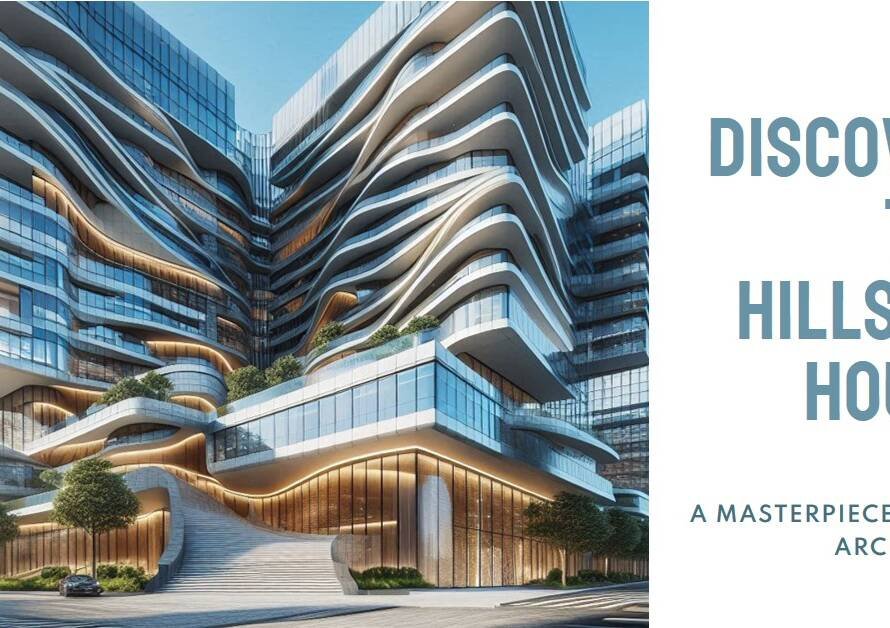
Table of Contents
Introduction:
In the realm of architecture, the process of rendering plays a pivotal role in transforming abstract concepts into tangible realities. From commercial offices to public buildings, museums, and residential complexes, the art of rendering serves as a cornerstone in the architectural design process. This blog post delves into the significance of rendering in various architectural projects and explores how it shapes the landscape of modern urban environments.
The Power of Visualization:
Visualization is the bedrock upon which every architectural endeavor stands. It serves as a potent tool for conveying ideas, concepts, and designs to clients, stakeholders, and the general public. Through the use of cutting-edge rendering techniques, architects can create lifelike representations that breathe life into their visions. These visualizations not only aid in decision-making processes but also instill confidence and excitement in clients about the proposed projects.
Advantages of Photorealistic Rendering:
Photorealistic rendering has emerged as a game-changer in the field of architecture. By meticulously crafting digital models and applying advanced rendering software, architects can produce images that closely resemble real-world environments. This level of detail allows stakeholders to immerse themselves in the project, gaining a deeper understanding of its spatial dynamics, materiality, and aesthetic appeal. Moreover, photorealistic rendering enables architects to experiment with different design iterations, refining their concepts until they achieve perfection.
Enhancing Commercial Spaces:
Commercial offices serve as dynamic hubs where productivity meets innovation. Rendering plays a crucial role in designing these spaces to optimize functionality, aesthetics, and user experience. Through rendering, architects can experiment with layout configurations, lighting schemes, and interior design elements to create environments that foster creativity and collaboration. Whether it’s a sleek corporate headquarters or a vibrant co-working space, rendering empowers architects to tailor commercial offices to meet the unique needs of their occupants.
Elevating Resort Complexes:
Resort complexes epitomize luxury, relaxation, and escapism. Rendering allows architects to showcase the allure of these destinations through captivating visuals that evoke a sense of serenity and indulgence. From pristine beaches and lush landscapes to opulent amenities and architectural marvels, rendering breathes life into resort complexes, enticing guests to embark on unforgettable experiences. By harnessing the power of rendering, architects can craft immersive environments that cater to the desires and fantasies of discerning travelers.


Transforming Residential Living:
Residential architecture lies at the intersection of functionality and comfort. Rendering empowers architects to design homes that reflect the unique lifestyles and preferences of their inhabitants. Whether it’s a cozy suburban retreat or a modern urban dwelling, rendering enables architects to visualize every aspect of the residential experience. From interior layouts and furniture arrangements to exterior facades and landscaping, rendering allows for meticulous planning and customization, ensuring that each home is a sanctuary tailored to its occupants.
Inspiring Public Buildings:
Public buildings serve as cultural landmarks and communal spaces that shape the identity of cities and communities. Rendering plays a pivotal role in conceptualizing and realizing these architectural icons. Whether it’s a state-of-the-art library, a striking museum, or a monumental civic center, rendering allows architects to communicate the grandeur and significance of these structures. Through compelling visualizations, architects can garner public support, spark civic pride, and inspire future generations to embrace the power of architecture as a force for positive change.
Enriching Museum Experiences:
Museums serve as repositories of knowledge, art, and heritage, offering visitors a journey through time and culture. Rendering enhances the museum experience by bringing exhibitions, galleries, and architectural features to life with unparalleled realism. Whether it’s recreating ancient civilizations or showcasing contemporary masterpieces, rendering allows curators and architects to create immersive environments that engage the senses and ignite the imagination. By blending artistry with technology, rendering transforms museums into dynamic spaces where history and creativity converge.
The Role of Sustainability:
In an era of environmental awareness and resource conservation, sustainability has become a paramount concern in architectural design. Rendering plays a crucial role in visualizing sustainable solutions, from passive design strategies to renewable energy systems. By simulating daylighting, energy performance, and material choices, architects can optimize the environmental performance of their projects while reducing their carbon footprint. Through sustainable rendering practices, architects can demonstrate their commitment to creating buildings that not only inspire awe but also respect the planet and its finite resources.
Conclusion:
In the ever-evolving landscape of architecture, rendering stands as a beacon of creativity, innovation, and possibility. From commercial offices to resort complexes, residential dwellings, public buildings, and museums, rendering serves as a catalyst for bringing architectural visions to life. By harnessing the power of visualization, architects can transcend the boundaries of imagination, shaping environments that captivate the senses and enrich the human experience. As we embark on a journey of architectural exploration, let us embrace the transformative potential of rendering in shaping the world we inhabit.


